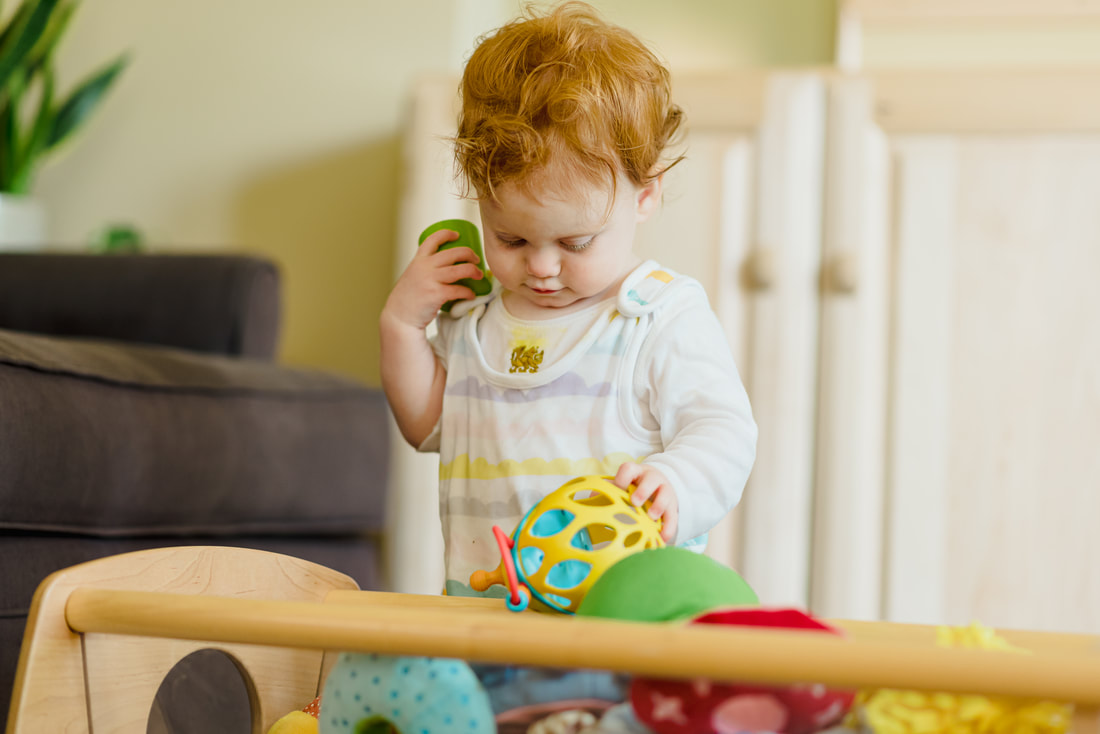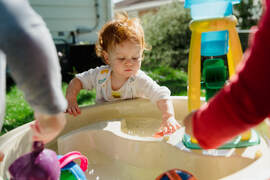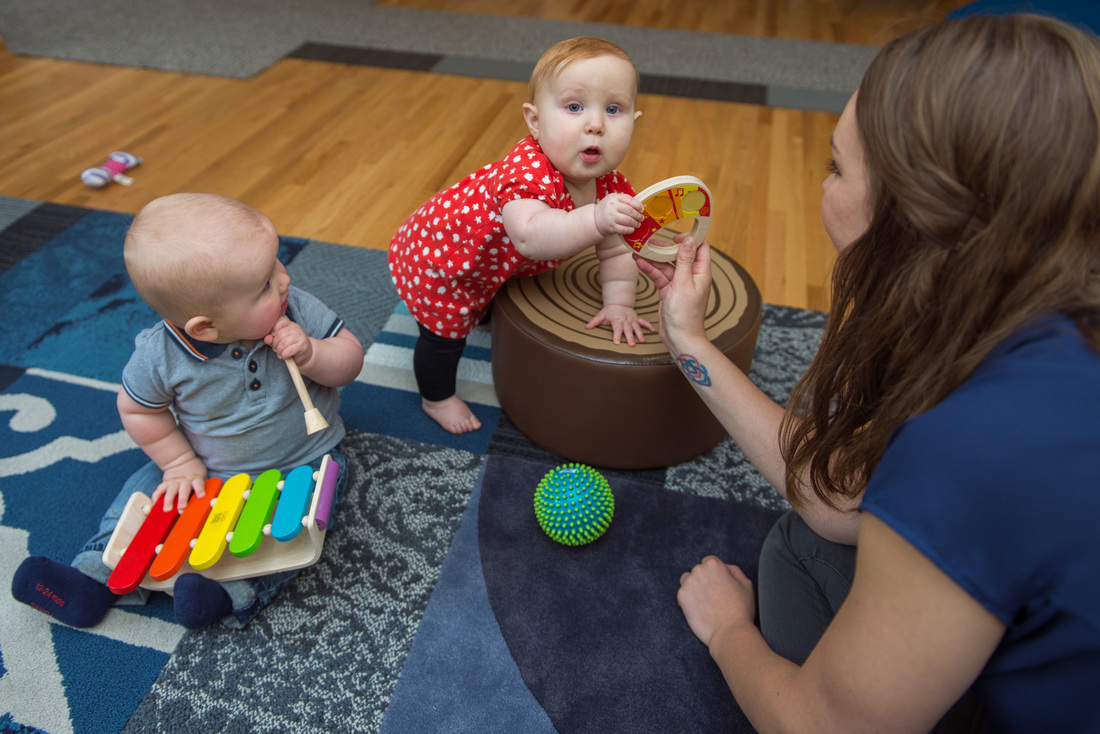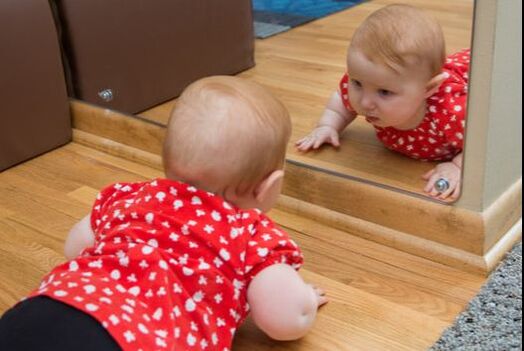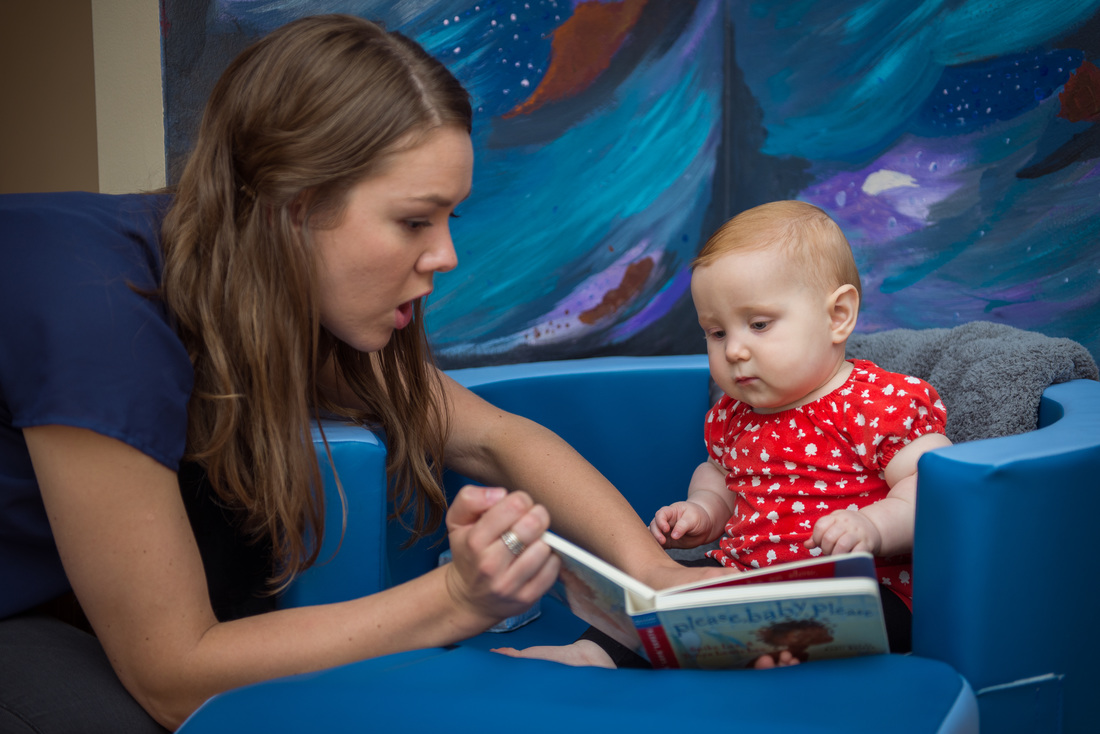Approach to Infant Care
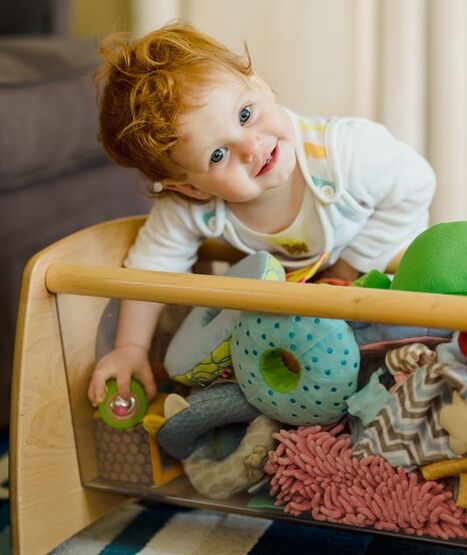
The Baby Vine offers a top quality care experience for infants by committing to nurturing and respecting them as individuals. A learning environment is created where their own needs and goals can be met as they go through this critical time in their lives.
The first objective is to partner with the parents/guardians to understand their child’s current routine and developmental milestones well before the child begins care. This is to allow the best support for all involved during the transition to in-home care and allow for consistent practices for the child. Once enrolled, establishing a trusting bond with the same providers is important for continuous support year over year for both the child and the family receiving care.
As the infant continues to grow, they will be cared for each step of the way by having engaging experiences with their providers, exploring a stimulating learning environment that supports their developmental needs, as well as provide socialization with other children.
The below details key developmental goals for the infant age group, as well as lists some of the materials/activities that are available to support these learning objectives.
Emotional Development
Safety mirror is available in the main playroom of the child care to allow infants the opportunity to develop the concept of self-image. Infants need to develop a trusting relationship with a primary caregiver and when the caregiver role models emotionally supportive language and an environment that children feel safe in, they will learn and develop this skillset as well. Infants need to be allowed opportunities for uninterrupted concentration to build their sense of self and relationship with primary caregiver as well as with their learning environment.
|
Approach to Learning
Provider will set-up the child care environment for the success of the child by offering key learning materials that are age appropriate and accessible at their level. While being supervised, infants are allowed the freedom to move throughout the child care as a form of independent exploration. Areas/items that the infant shows interest in will be included in future activities to build upon their individual learning curiosities. Infants will be able to interact and observe the other children as they partake in learning activities where they can learn from the other/older children as they may be at a different developmental stage.
|
Social Development
Provider will set-up the child care environment for the success of the child by offering key learning materials that are age appropriate and accessible at their level. While being supervised, infants are allowed the freedom to move throughout the child care as a form of independent exploration. Areas/items that the infant shows interest in will be included in future activities to build upon their individual learning curiosities. Infants will be able to interact and observe the other children as they partake in learning activities where they can learn from the other/older children as they may be at a different developmental stage.
|
Creativity & The Arts
Infants will be allowed to participate in daily music and movement activities to observe older children as well as express themselves. Primary caregiver will supervise sensory table time and allow infants to explore a variety of materials/textures. Infants will be included in creative art projects with direct supervision where they can color, paint, create, etc. in order to progress in this developmental domain.
|
Physical & Motor
With the Freedom of Movement method, infants will be able to explore the indoor and outdoor child care freely while being supervised to develop their spatial awareness relating to their own body and their physical environment. The child care environment is intentionally structured for the success of the child by offering a variety of washable objects within reach for the infant to reach, stretch, and interact with. Infants will have access to soft blocks and manipulatives for objects to grasp With safety mats and tunnel materials, infants are given a variety of levels and tools to support their various phases throughout this early developmental stage.
|
Cognitive Development
Provider will engage in conversation with infants daily to demonstrate clear, concise sentences and context. Stories will be read, songs will be sung, and brain gym movements will all occur on a daily basis which will allow infants to become familiar with words, pictures, sounds, as well as movement tied to words (supports cross-hemisphere development). Primary caregiver will offer a variety of materials and small objects of different textures, shapes, and sizes for familiarity and understanding of uses. Infants will be given opportunities to develop self-help skills such as moving objects out of reach so that the infant has to move to get them and play easy problem solving games.
|
Language & Literacy
Provider will engage in conversation with infants daily to demonstrate clear, concise sentences and context. Stories will be read, songs will be sung, and brain gym movements will all occur on a daily basis which will allow infants to become familiar with words, pictures, sounds, as well as movement tied to words (supports cross-hemisphere development). Primary caregiver will offer a variety of materials and small objects of different textures, shapes, and sizes for familiarity and understanding of uses. Infants will be given opportunities to develop self-help skills such as moving objects out of reach so that the infant has to move to get them and play easy problem solving games.
|
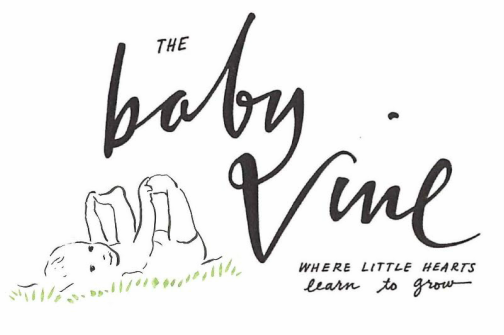
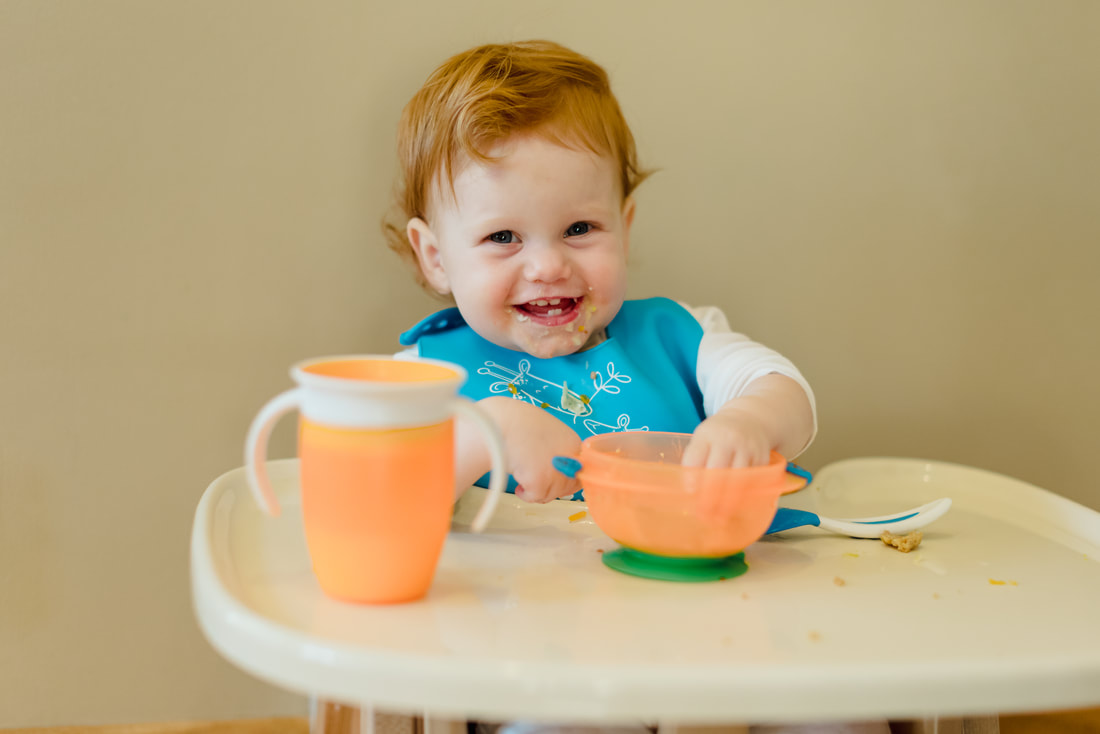
 Activities
Activities